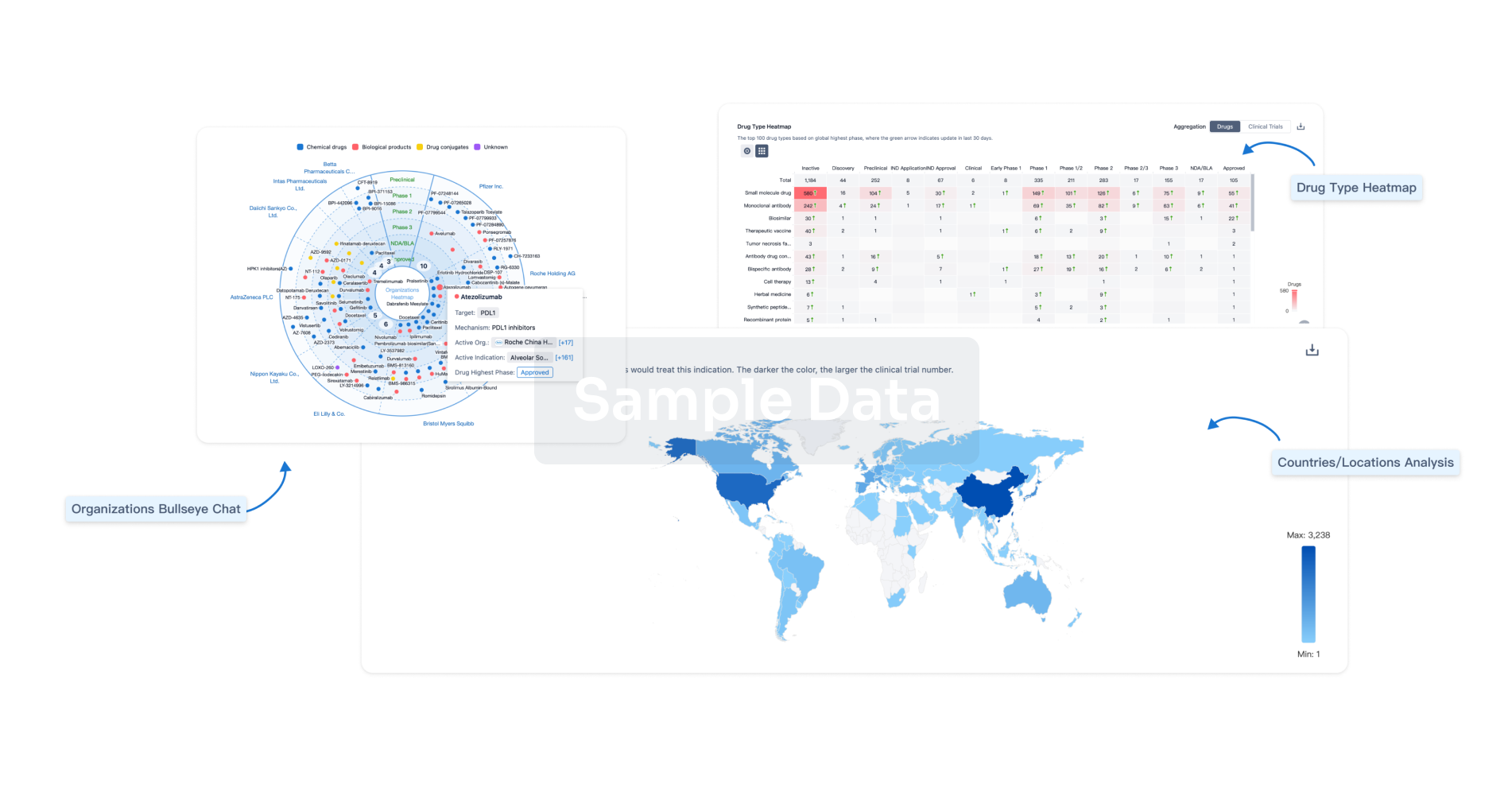Request Demo
Last update 08 May 2025
Transient Bullous Dermolysis of the Newborn
Last update 08 May 2025
Basic Info
Synonyms DYSTROPHIC EPIDERMOLYSIS BULLOSA, NEONATAL, Dystrophic Epidermolysis Bullosa, Dominant Neonatal, EPIDERMOLYSIS BULLOSA DYSTROPHICA, NEONATAL FORM + [11] |
Introduction A rare subtype of dystrophic epidermolysis bullosa characterised by generalised blistering at birth that usually regresses within the first 6 to 24 months of life. Less than 30 cases have been reported to date. The disease usually manifests at birth. Skin blisters generally affect the whole body. Blisters can also affect the oral cavity. Disease activity usually ceases within the first 6 to 24 months of life. However, nail dystrophy and some degree of skin fragility can persist in adulthood. Caused by mutations within the type VII collagen gene (COL7A1). Mutations in this gene lead to reduced amounts or an alteration in function of collagen VII. The condition is usually inherited in an autosomal dominant manner, but can also rarely be transmitted as an autosomal recessive trait. |
Analysis
Perform a panoramic analysis of this field.
login
or

AI Agents Built for Biopharma Breakthroughs
Accelerate discovery. Empower decisions. Transform outcomes.
Get started for free today!
Accelerate Strategic R&D decision making with Synapse, PatSnap’s AI-powered Connected Innovation Intelligence Platform Built for Life Sciences Professionals.
Start your data trial now!
Synapse data is also accessible to external entities via APIs or data packages. Empower better decisions with the latest in pharmaceutical intelligence.
Bio
Bio Sequences Search & Analysis
Sign up for free
Chemical
Chemical Structures Search & Analysis
Sign up for free



